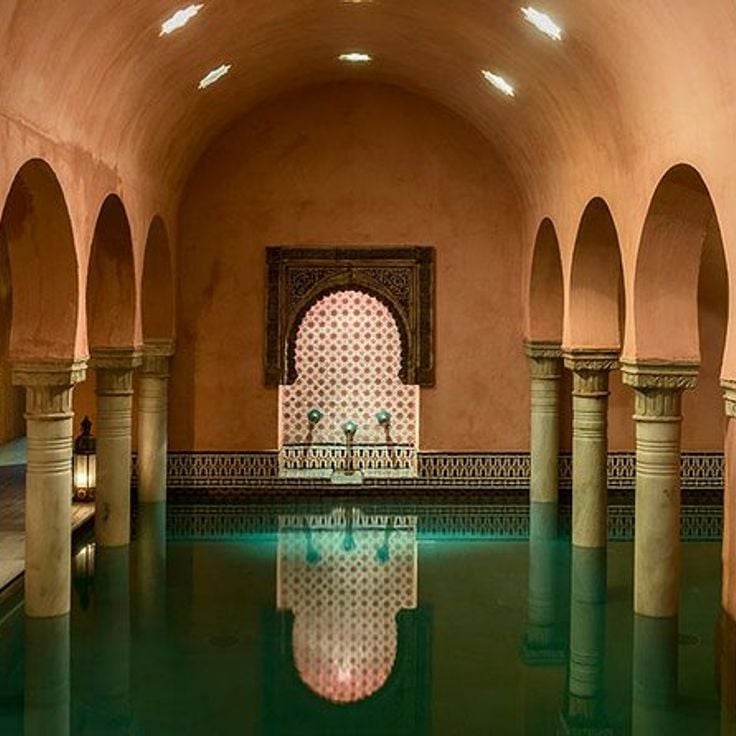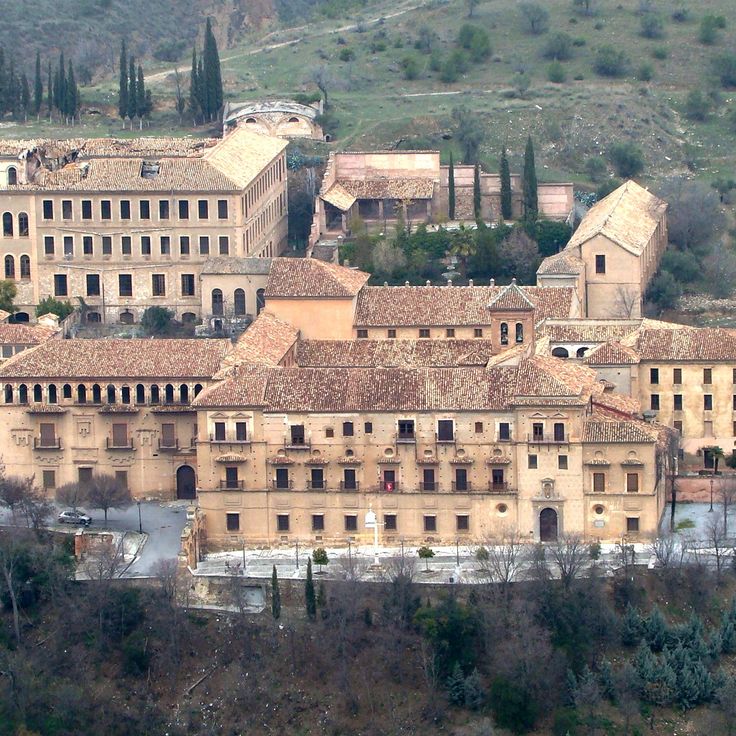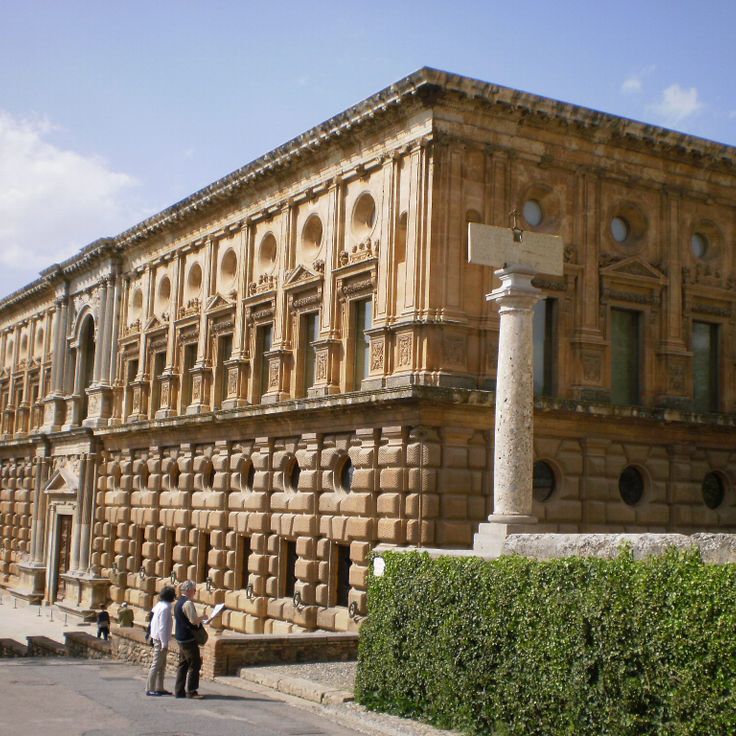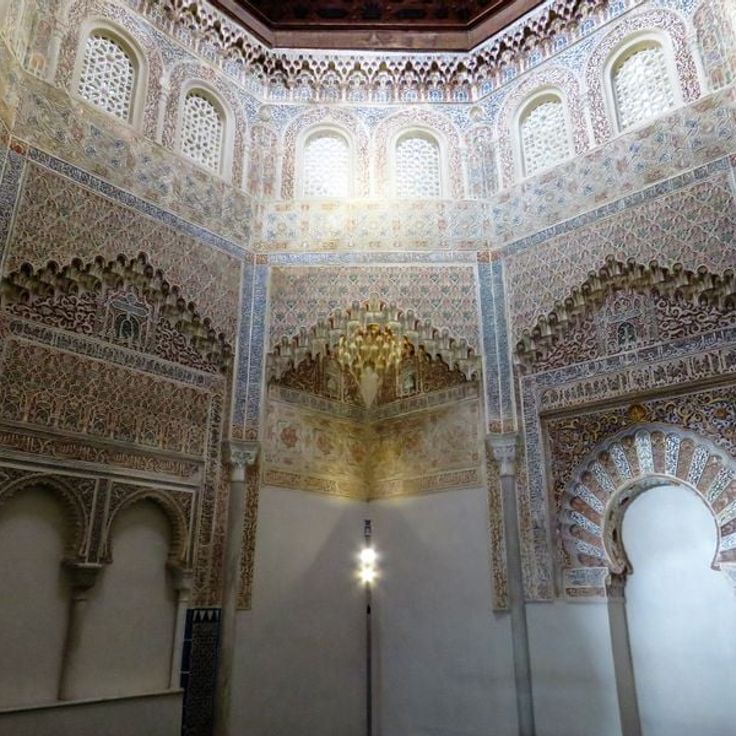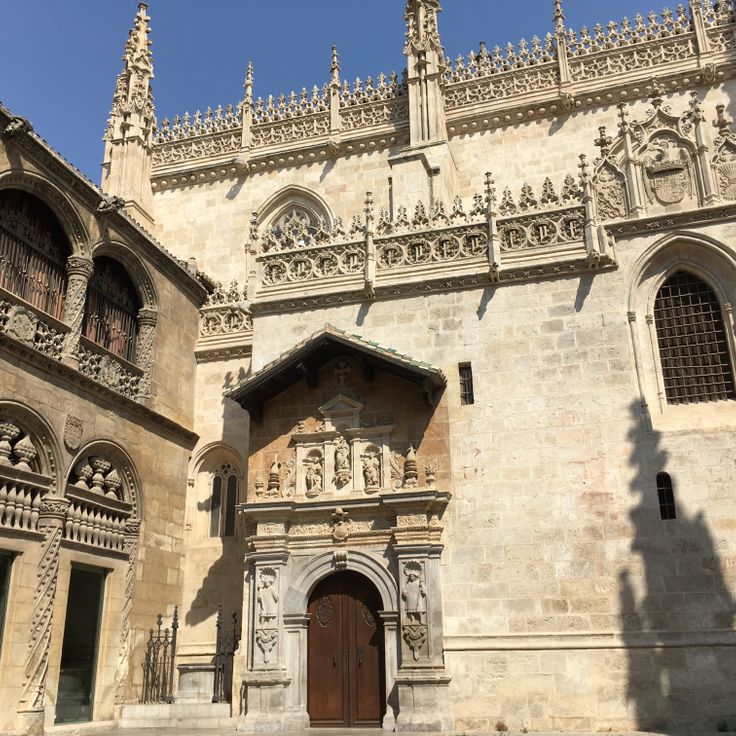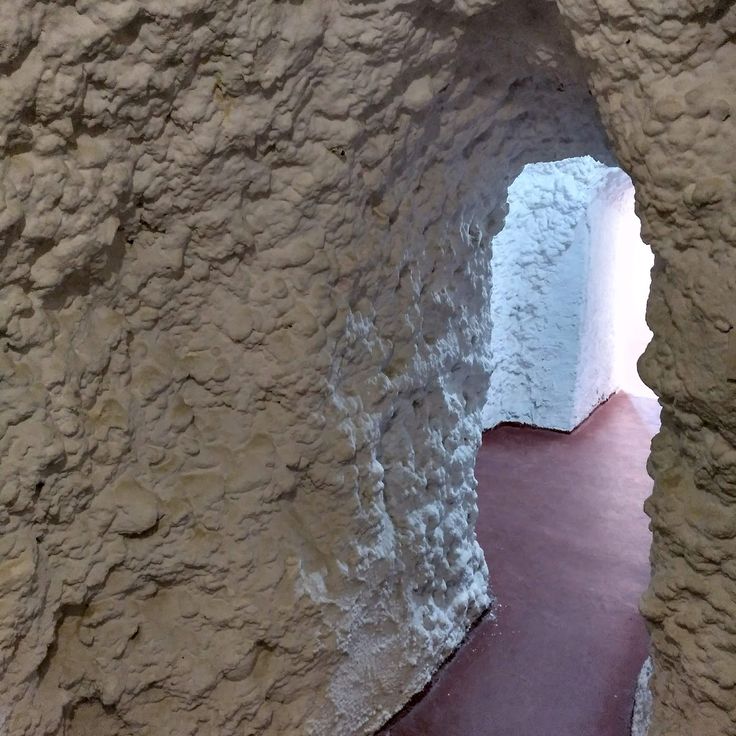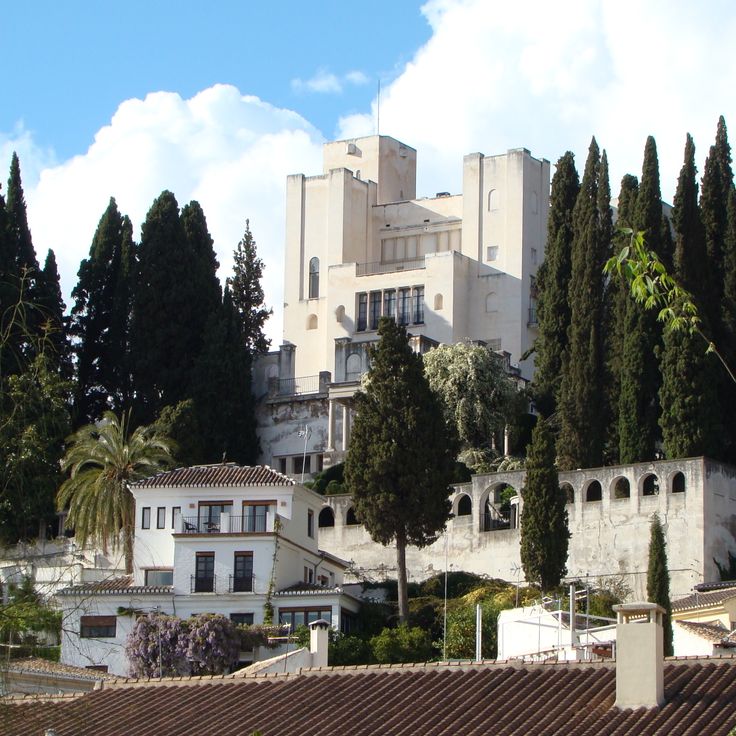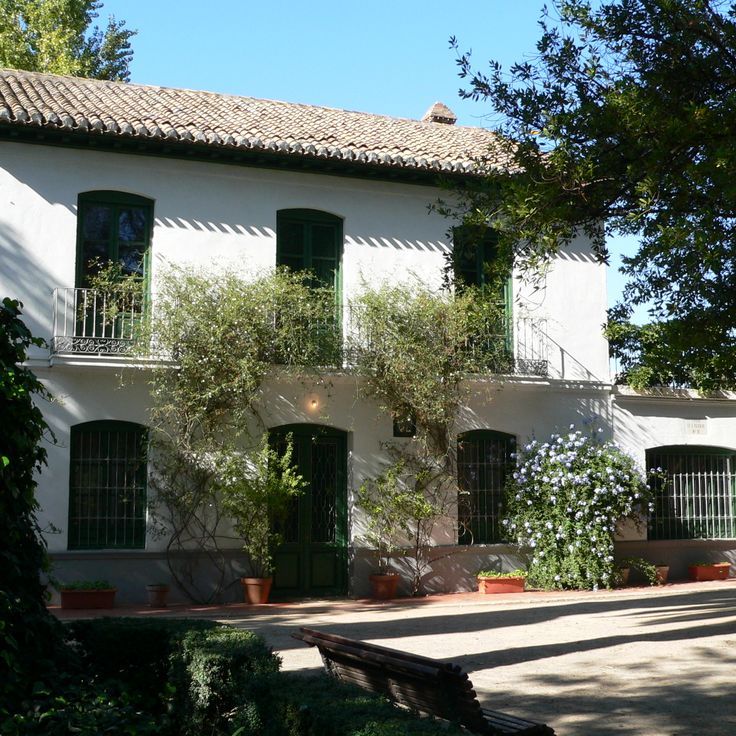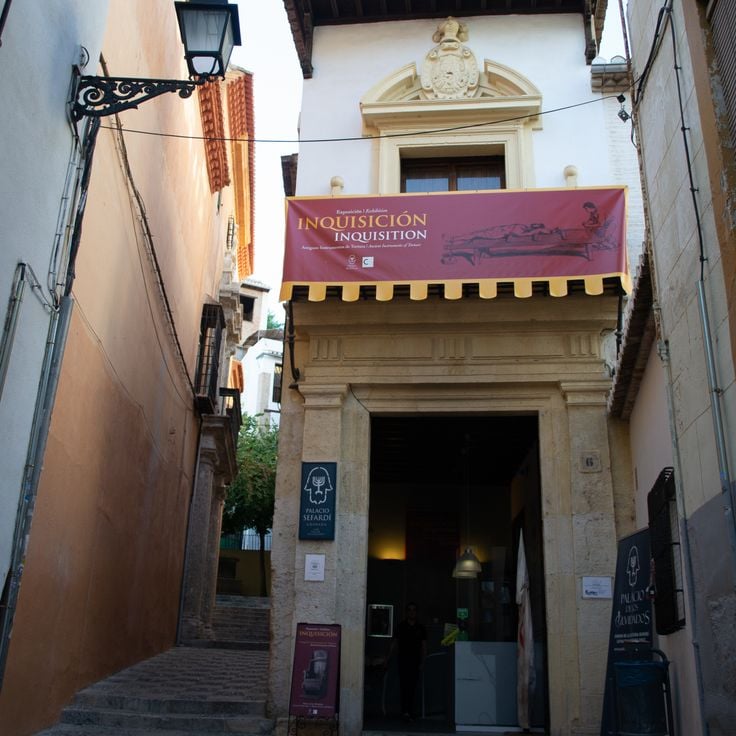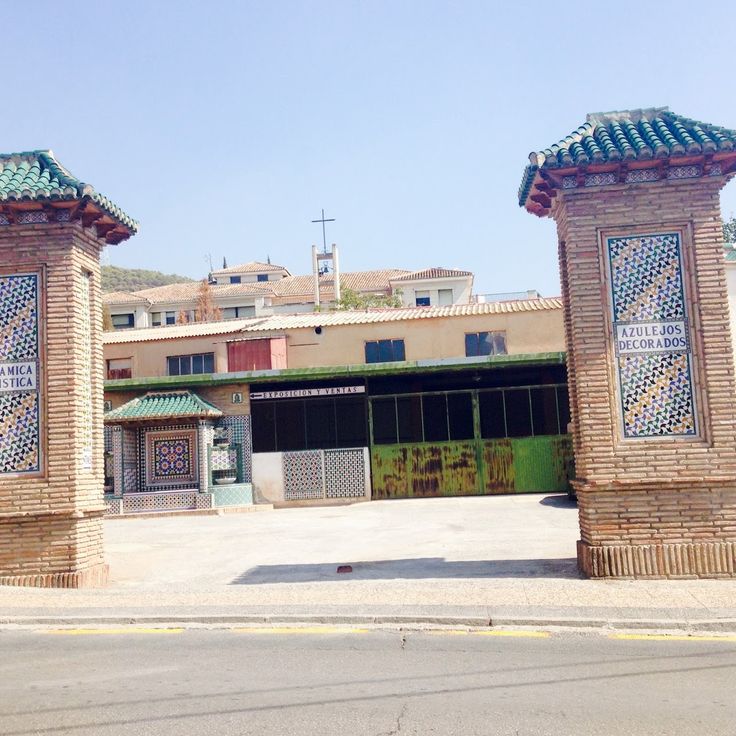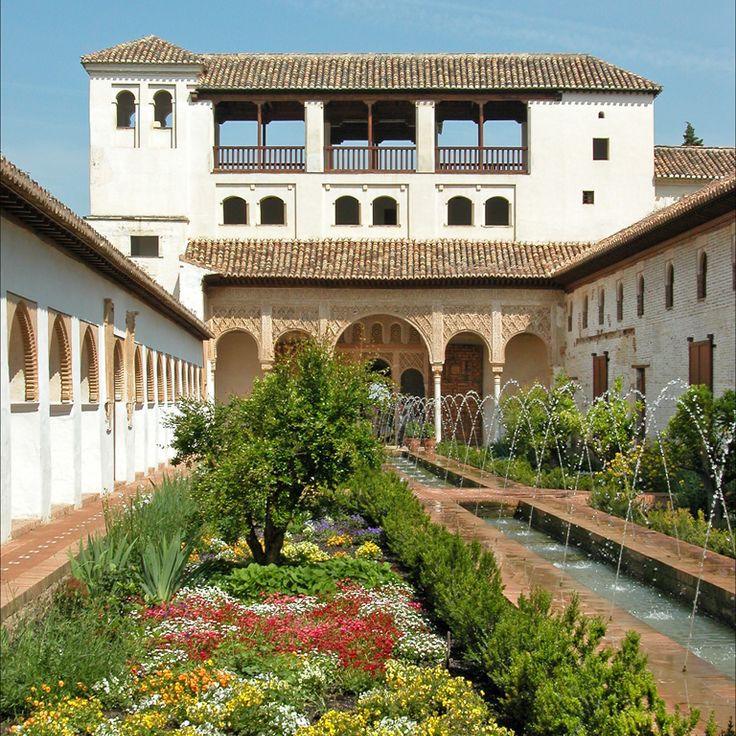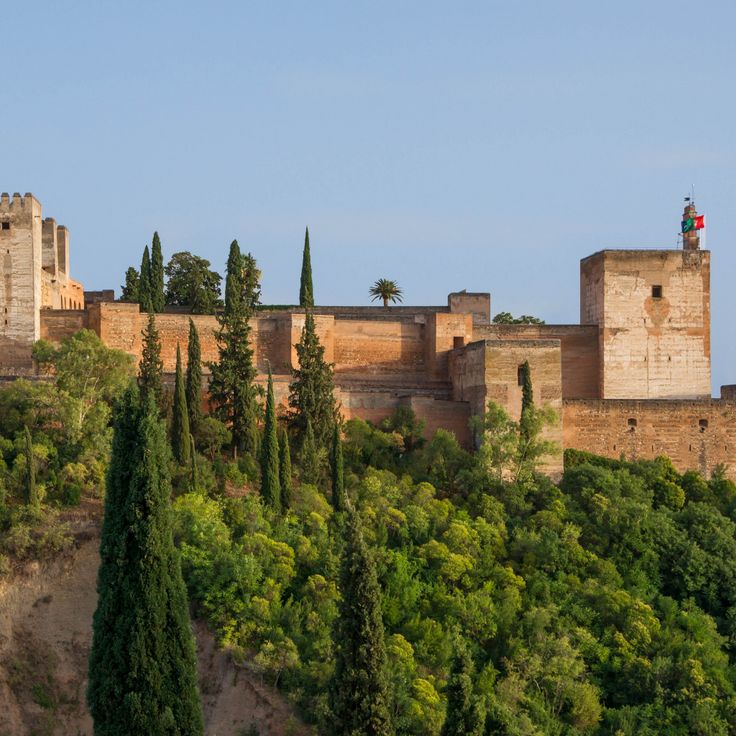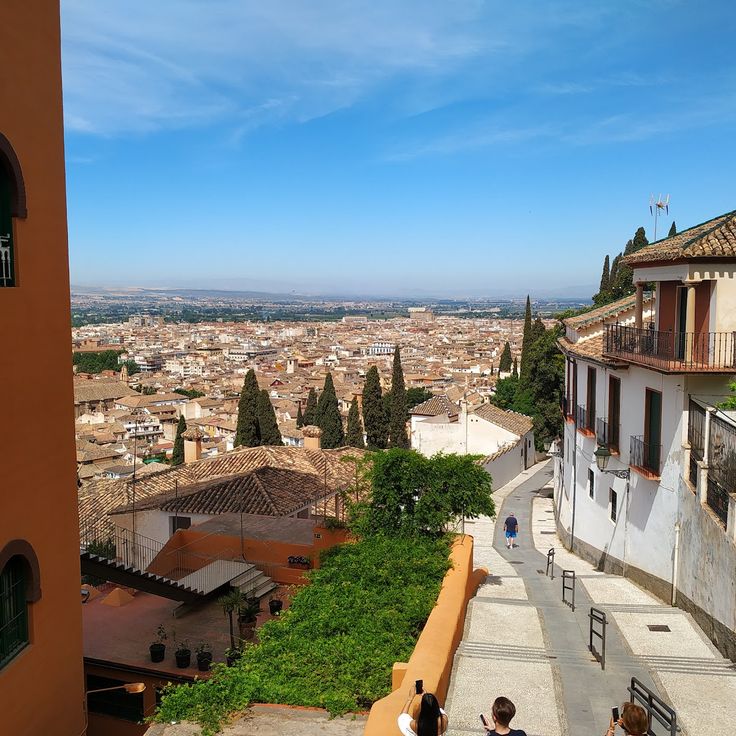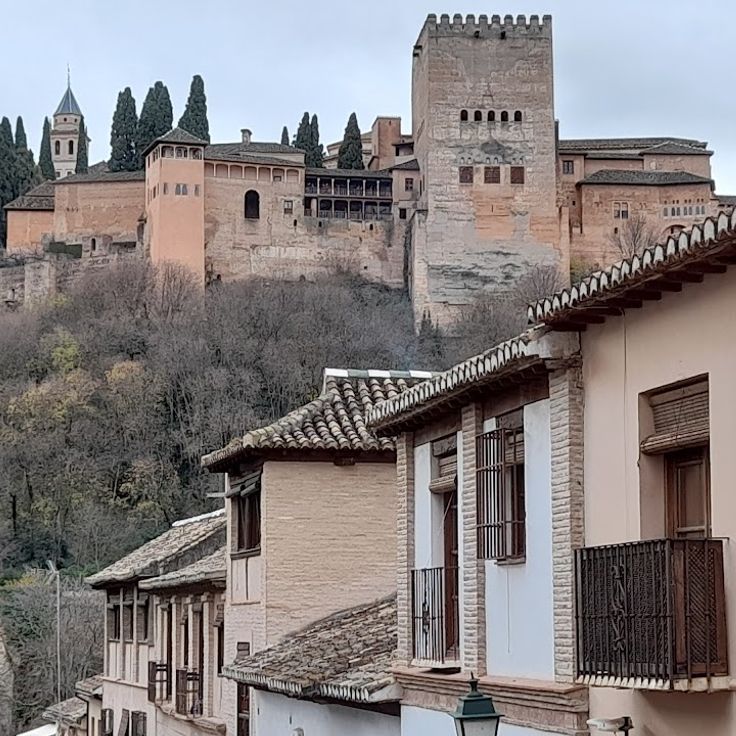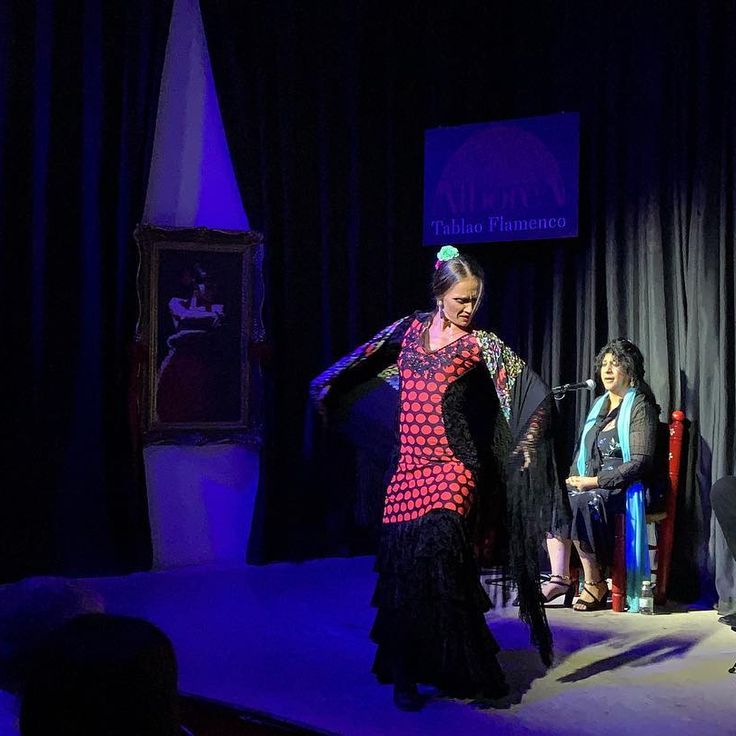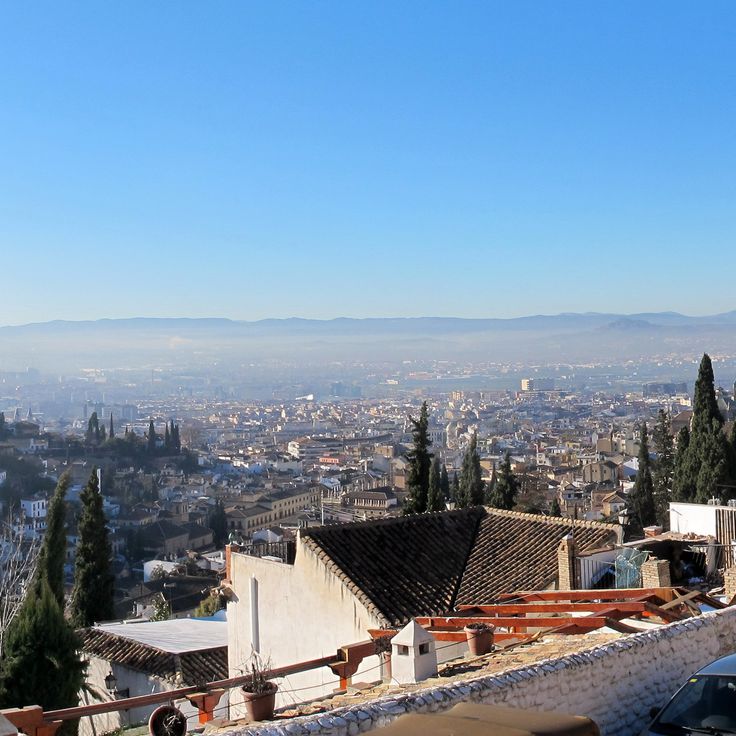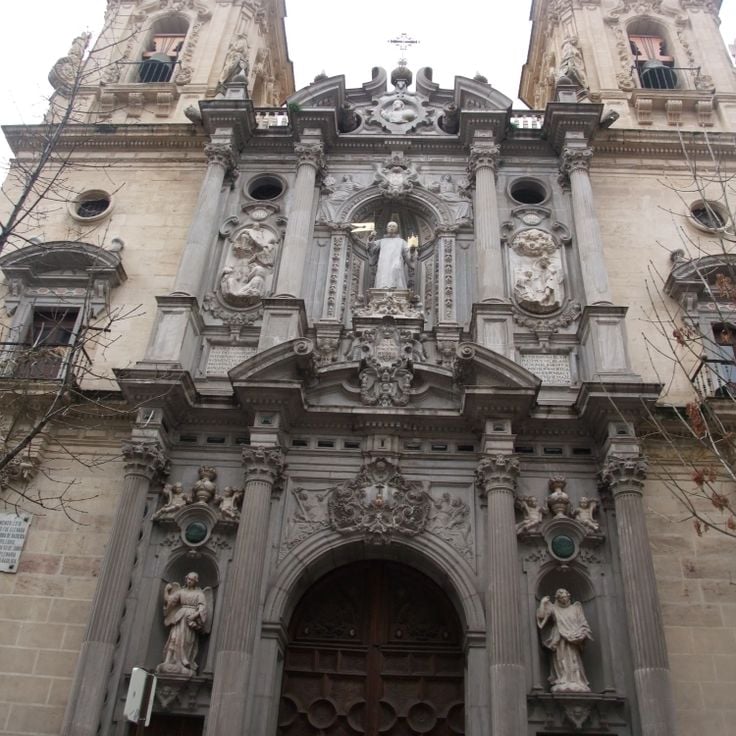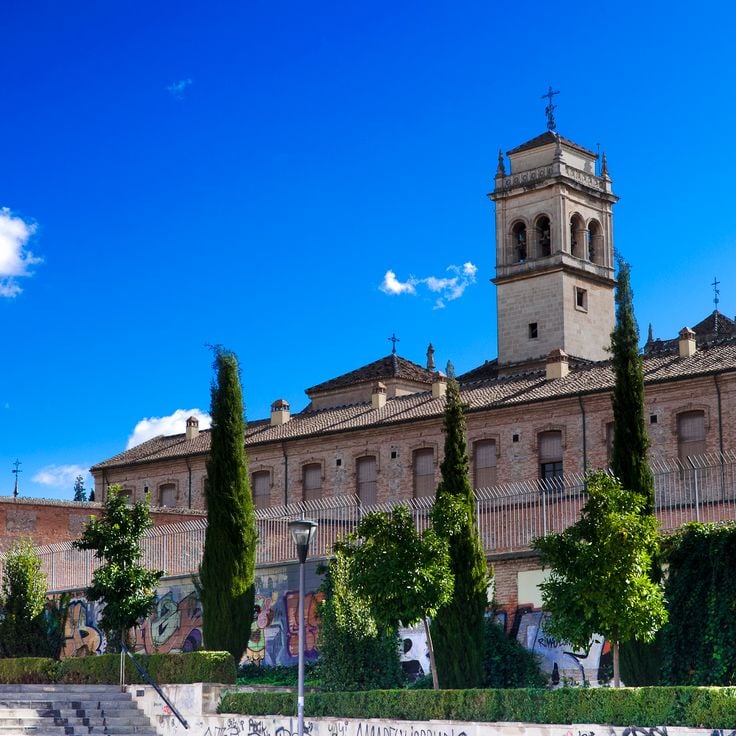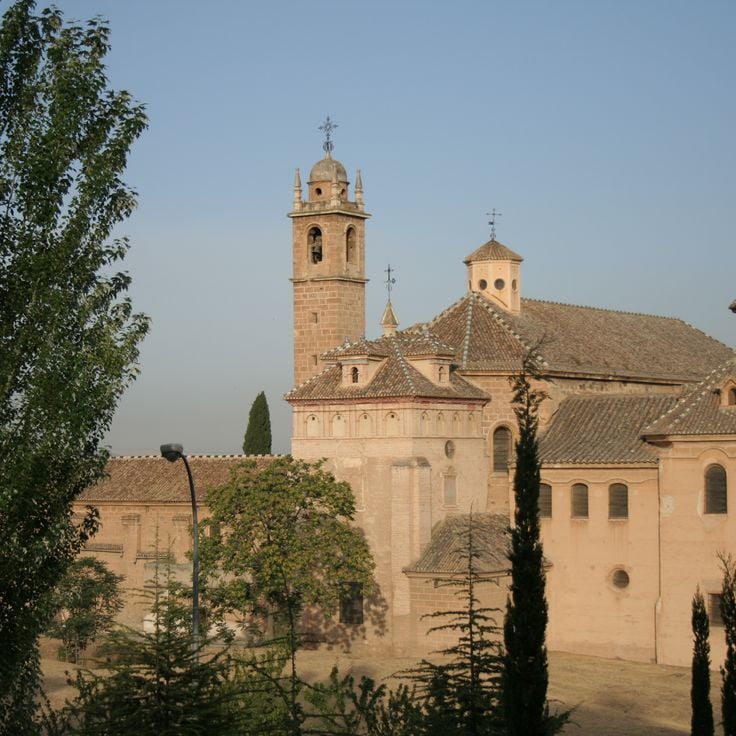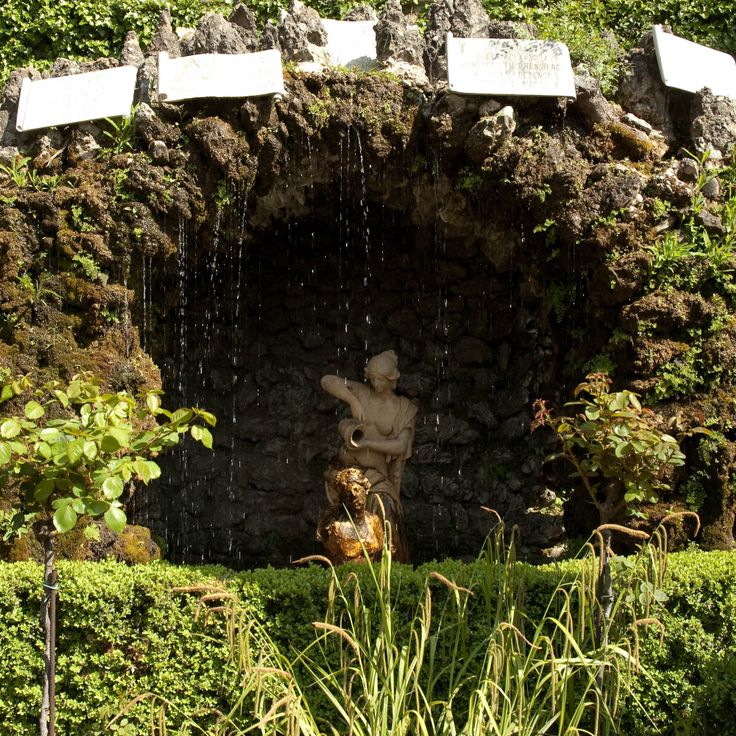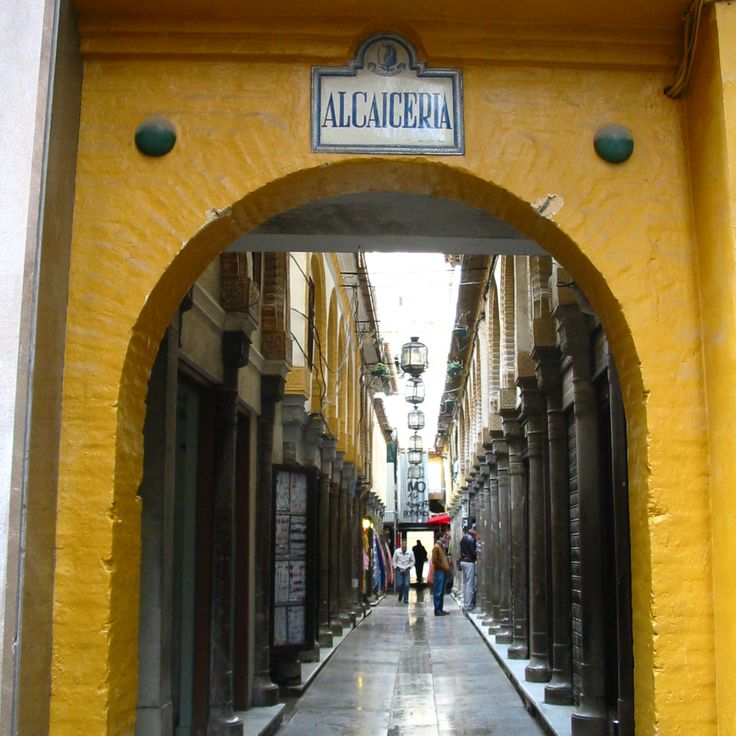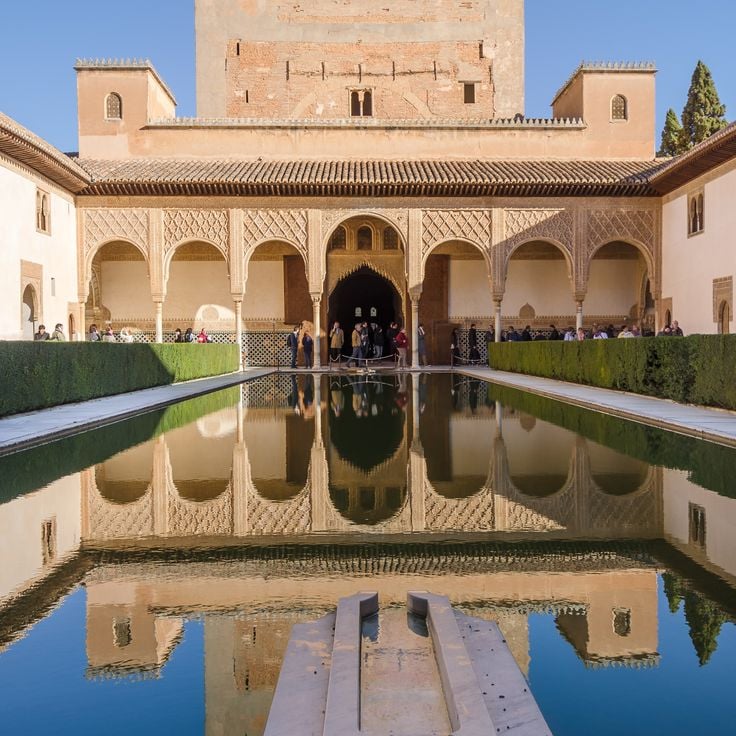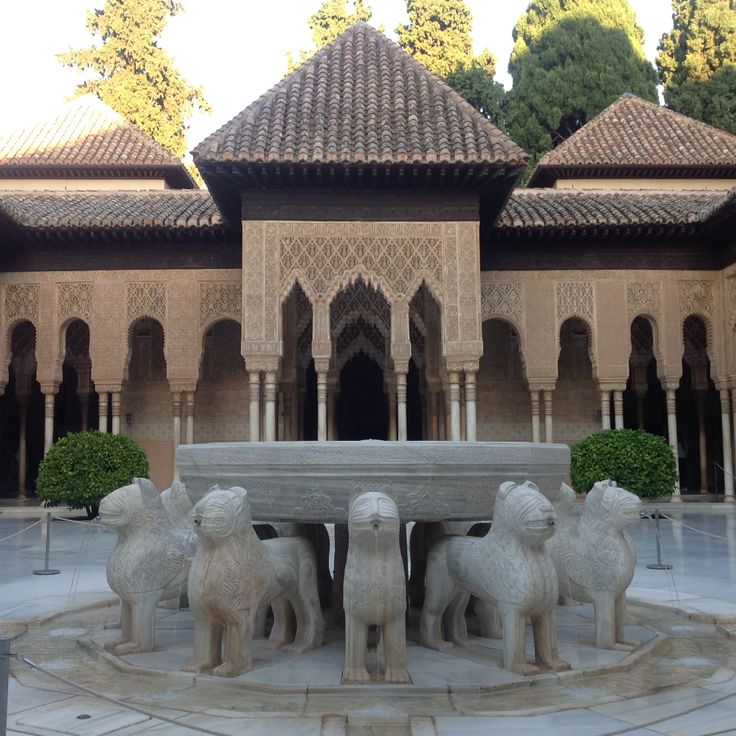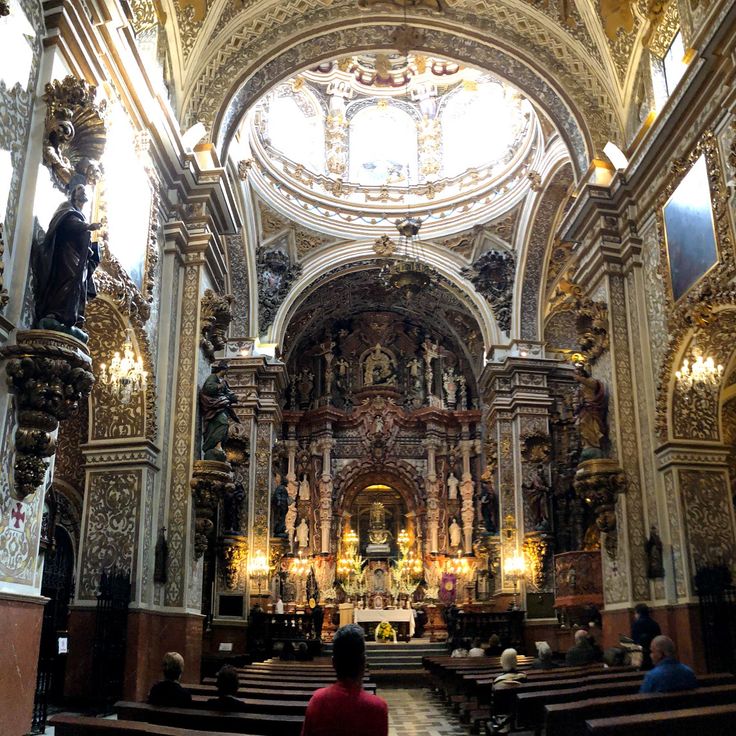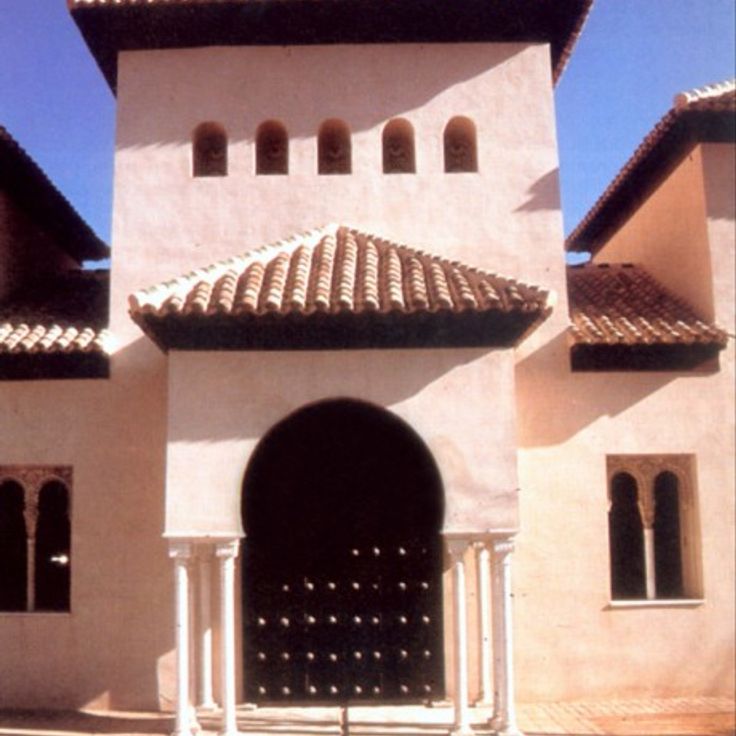Grenada is a city experienced like a poem. At the foot of the Sierra Nevada, it combines Muslim heritage, Catholic fervor, and Andalusian rhythm. Behind ochre facades lie shaded patios, fountains, mosaics, and carved arches that tell eight centuries of history. The Alhambra watches over the city like a stone dream, the Albaicín district unfolds its white alleys, and the gardens of Generalife recall the delicacy of Nasrid rulers. At every turn, a bell tower follows a minaret, an Arab market opens onto a baroque cathedral. Granada is as much an open-air museum as a living place, where flamenco still escapes from the Sacromonte caves. Between spirituality, art, and jasmine fragrance, the Andalusian city retains an elusive, almost mystical beauty.
Under their vapor-covered vaults, the Arab baths tell of the culture of the body and rest in Muslim Spain. Pools, filtered light, and complete silence: a timeless experience.
Monumental building from the 16th century blending Gothic, Renaissance, and Baroque styles. Its two towers overlook the old city, and its gilded interior reflects the grandeur of the Catholic Monarchs.
Religious complex created in 1600, comprising a church, catacombs, and a museum with ancient manuscripts and religious objects.
A 13th-century fortified city, the Alhambra is the beating heart of Granada. Its palaces decorated with stucco and mosaics, its gardens, towers, and courtyards symbolize the golden age of Muslim Andalusia. Essential and captivating.
First Muslim university institution of Granada, built in 1349, with a Baroque facade and an oratory with Arabic decorations.
Gothic masterpiece from the 16th century housing the tombs of the Catholic Monarchs. Marble, stained glass, and gilding depict the reconquest of Granada and the end of an empire.
Carved into the rock, these dwellings are now flamenco stages. The sound of guitars, footsteps on the earth, and singers' voices carry up to the hills.
Cultural institute established in a 1930 villa, surrounded by terraced gardens with sculptures and an art collection.
Exhibition center offering practical experiences on natural and physical phenomena with several thematic rooms for understanding science.
Federico García Lorca's house-museum, frozen in time. It reveals the study, manuscripts, and the intimate world of the Andalusian poet.
16th-century religious building combining Mudéjar and Renaissance styles, adorned with sculpted wooden ceilings.
Museum located in a historic building presenting documents and objects related to the Spanish Inquisition from the 15th to the 19th century.
Ceramics workshop open since the 16th century, with each tile painted by hand. A popular art form that continues the Mudéjar tradition of Granada.
Former summer residence of the Nasrid monarchs, the Generalife enchants with its tiered gardens, pools, and courtyards. A place suspended between silence and light, just a short walk from the Alhambra.
Military section of the Alhambra built in the 13th century with watchtowers offering a view over the city of Granada.
House converted into a museum where poet Federico García Lorca was born in 1898, displaying personal documents and objects.
13th-century old caravansary, shelter for merchants and travelers. Its inner courtyard and arches reflect the trading and cosmopolitan origins of the city.
Narrow streets, whitewashed walls, hidden fountains, and flower-covered balconies. This UNESCO-listed neighborhood preserves Granada’s medieval character and offers spectacular views of the Alhambra.
Performance hall located in a natural cave where flamenco dancers and musicians perform in the Sacromonte neighborhood.
The most famous terrace of Granada. At sunset, the Alhambra illuminates against the Sierra Nevada. The most photographed panorama in Andalusia.
Religious monument built in the 18th century, decorated with golden ornaments, paintings, and woodwork in Spanish Baroque style.
16th-century religious building with a two-level cloister, a church, and a central altar made of sculpted wood.
Built in 2003 in Andalusian style, it reconnects with the city's ancient spiritual tradition. Mediterranean garden, prayer hall, and direct view of the Alhambra.
16th-century monastic complex with a church, cloister, and sacristy adorned with marble, stucco, and frescoes.
Large romantic garden with fountains and cypresses, populated by peacocks and ponds. One of the most peaceful places to admire the city and enjoy the scent of orange trees.
16th-century cobblestone street along the Darro River. It connects several Renaissance palaces and historic monuments at the foot of the Alhambra.
Old Arab market from the 14th century with narrow streets near the cathedral. The shops sell fabrics, spices, and handicrafts.
Medieval royal complex in Hispanic-Moorish style within the Alhambra. The rooms are decorated with mosaics, stucco, and Arabic calligraphy.
The main courtyard of the Nasrid palace features a monumental fountain in the center, supported by twelve white marble lion sculptures, surrounded by columned galleries.
16th-century church built in Baroque style, located on Carrera de la Virgen with a main facade in gray marble.
Almohad palace from the 13th century with a large rectangular water basin and gardens, used as a royal residence.
